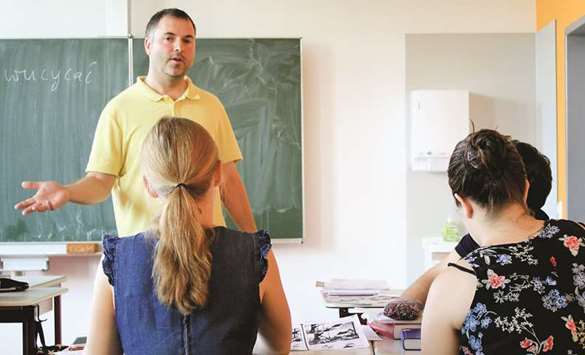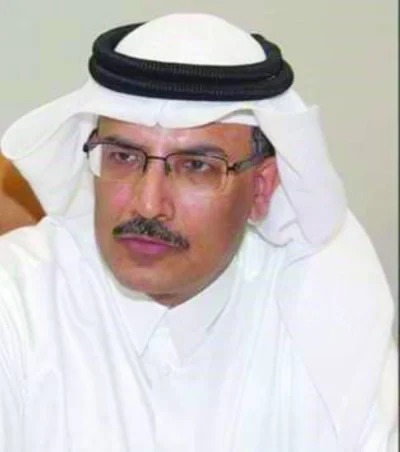Fabian Kaulfuerst enters the classroom with a pile of documents and wipes the blackboard clean. His students begin taking out the homework assignments they have completed.
The class in the eastern German city of Bautzen looks like any other, but the students here have come from all over the world to study an unusual subject: Sorbian, the language of a Slavic minority estimated to number about 60,000 people in the Upper and Lower Lusatia regions.
Ryo Umeda, 28, is Japanese and lives in Finland. “I have always been interested in Slavic languages, so I made the trip to Bautzen,” he says. The other students comprise US, Czech, Polish, Serbian and German nationals.
The summer course is organised every two years by the Sorbian Institute in Bautzen, which researches the language, history and culture of the Sorbs, also known as the Wends.
The Sorbs lived in the area between the Elbe and Oder rivers for centuries until they were subdued and assimilated by the Germans in the late Middle Ages, according to Encyclopedia Britannica.
However, the Sorbs maintained their ethnic identity and language, which uses an alphabet of Latin origin.
Summer courses held in Bautzen over two weeks this year include five different levels – three of them for beginners – for the total of 47 participants, aged between 18 and 70 years, from 13 countries.
Kaulfuerst’s course is on an advanced level, where the teaching is done in Upper Sorbian. The participants need to be able to summarise an entire book chapter with their own words. “Let us begin,” he says.
The teacher, who is also a linguist, watches the students’ pronunciation and conjugation, then nods with satisfaction.
Umeda is already taking a Sorbian course for the second time. He previously studied German in Regensburg and also speaks Russian, Czech and Polish. Sorbian is a summertime “hobby,” says the lover of Slavic languages, who is doing a PhD on the Uralic language of the Sami minority of northern Finland.
Kaulfuerst gives his students a new task: They need to introduce the right words into gaps in the text of a Sorbian YouTube hit. After finishing, they sing the song.
The course programme does not only include swotting up on vocabulary and grammar, but also music, knowledge of the Sorbs and their culture, chatting in the evenings and watching films in Sorbian.
“It is fun to study Sorbian in a beautiful city. You also meet new people. I would come again,” Umeda says.
In the next room, beginner Weldon Mersiovsky from Texas is struggling to memorise Sorbian phrases. The 69-year-old’s ancestors left the Bautzen region in the late 19th century for Serbin, a US locality that Sorbian immigrants founded in 1854.
Old books in Sorbian awakened a curiosity in Mersiovsky about his roots. He now writes in English about Sorbian history and has published a book on the village of Malschwitz near Bautzen with co-author Trudla Malinkowa. “Slavic languages are difficult for us Americans,” laughs Mersiovsky, whose son is also taking the course.
Another student of Sorbian ancestry is Karola Schmidt from Ludwigsfelde in north-eastern Germany. “My grandfather was a Sorb,” says the educational therapist who took online courses on Sorbian.
People have different motives for taking the course, says Kaulfuerst. Many are specialists in Slavic languages, though he recalls that one young man had been motivated to study the language by a love affair.
Summer courses in the Sorbian language and culture have been organised, usually every two years, since 1967 – first by Leipzig University and, since 1992, by the Sorbian Institute.
So far, more than 500 teachers, students, journalists and translators from 30 countries on nearly all continents have taken such courses.
“Today, the course has two purposes at the same time,” Kaulfuerst says. “It boosts the self-esteem of the Sorbs to see that people from all over the world are interested in their language and culture.”
He adds: “And in addition, many participants will continue with Sorbian, allowing us to recruit new talent for our institution.” – DPA

LEARNING SESSION: Fabian Kaulfuerst teaches a class Sorbian at the Sorbian Institute in the eastern German city of Bautzen.


